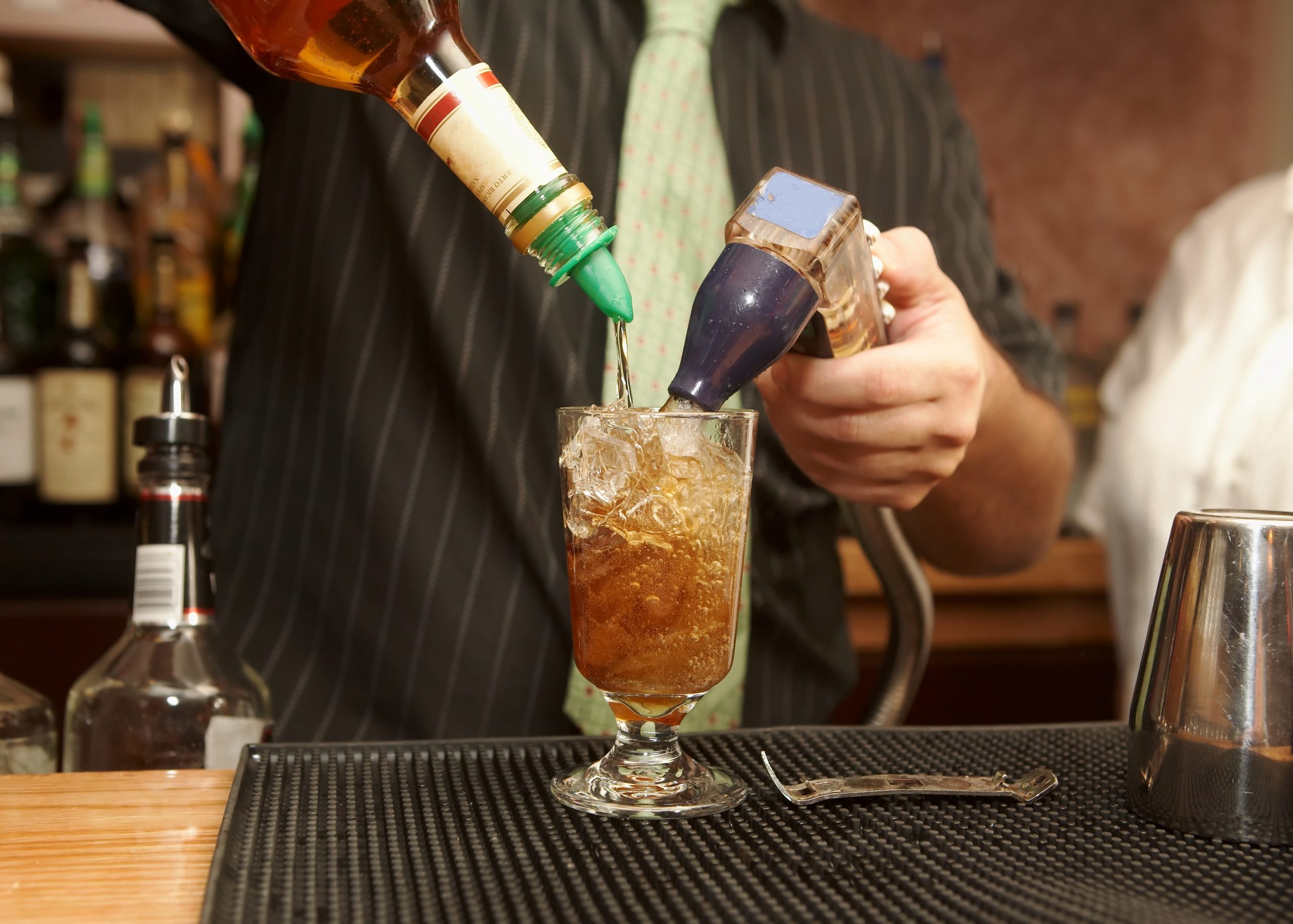


When figuring out how to price cocktails, balance is key. You don’t want customers to complain that your cocktail menu is too pricey, but you also don’t want to give your drinks away for free. Customers want value for their dollar, but you also have to cover expenses like rent, equipment, and labor while still making a profit.
Start Your Free Trial With Bevspot Today!
To achieve a balance, you should take careful consideration when deciding how to price cocktails for your bar. Just like our 15-step guide on bar managing, here are our 5 steps to pricing drinks:
The first step is to figure out exactly how much each drink costs you to produce. This means you need to price out a drink’s individual ingredients and add them together to get the total cost per drink. Here’re a cocktail recipe pricing example from a popular Boston bar:
The Walnut
1.75 oz Old Overholt Rye = $0.78
0.5 oz Nux Alpina Walnut Liqueur = $0.89
0.75 oz Meletti Amaro = $0.42
1 dash Angostura Bitters = $0.02
1 dash Regan’s Orange Bitters = $0.02
Total drink cost= $2.12
Now that you know how much this drink costs to make, you can determine what menu price will bring you a reasonable profit.
Pour costs, also known as a bar’s “percentages,” represent the cost of the product used as compared to the cost of the product sold. To calculate pour cost, take your total inventory usage (or cost of goods sold) and divide it by your total sales:
Pour costs are a crucial gauge for bar profitability. As you know, running a bar can be costly. Keeping your pour costs as low as possible could make the difference between failing and succeeding.
The industry standard pour cost is 20%, or ⅕ of your drink price. As a bar manager or owner, your goal is to bring your pour cost down to 20% or below.
If you want a better idea of how important pour cost is, think about it this way. Imagine your bar and the bar next door sell about $1,000,000 each year, but your bar runs a 30% pour cost and the bar next door runs a 20% pour cost. Even with the exact same sales and the same client base, you will make $100,000 less in profit each year.

A 20% pour cost is a great goal to aim for, but it doesn’t factor in variance (lost product or shrinkage). Although lost product doesn’t directly affect sales, it factors into usage and therefore, pour cost. Because industry shrinkage is around 20%, you’ll want to factor that anticipated shrinkage into your pricing in order to have a cushion. This means you should really aim to price your cocktails at an average pour cost of 16.67%.
With this in mind, you should ideally price The Walnut at $12.72. You can round this number down to $12.50 or up to $13.00 to make your pricing more straightforward.
If your bar is located in a low-income or rural area, you probably shouldn’t price your drinks at $14. However, if you’re located on the main strip of major city, you’re likely paying a higher rent and your establishment is probably surrounded by other pricey establishments, so a loftier pricing scale might be acceptable.
You also have to factor in your client base. If you’re located downtown, but you’re close to a college campus, you’ll likely have to adjust your prices to match with the strapped-for-money, college crowd. Similarly, if you’re located next to corporate finance buildings, you might be able to bump up your drink price by a dollar or two.
Lastly, your clients’ preferences should be taken into consideration. If you look at your customers and sales history and discover that 50% of your sales are in spirits and your beer program is the least profitable, you can probably achieve a lower pour cost in your spirit program compared to your beer and wine program. To get an average pour cost of 16.67%, you can test out a 10% pour cost on spirits, a 20% pour cost on wine, and a 27% pour cost on beer.
It’s important to be aware of these three factors, but if you can’t initially nail down the correct pricing, don’t stress. Sometimes it takes some trial and error to get it right. Just make sure you’re tracking your bar’s sales data, so you can easily see what pricing is working and what isn’t.
When you price your drinks, consider other bars in your area. Customers will most likely compare your pricing to other bars in proximity. If a competitor called Iguana Mike’s across the street has decent $8.00 margaritas, there’s a good chance your similar $13.00 margarita isn’t going to be a best seller. A $5.00 difference might even be an extreme example, customers will likely notice even a $1.00 difference.
To properly price your cocktail list, you need to understand what your competition is offering and charging. Look around you. If the place across the street has a similar ambiance, quality of ingredients and service, drink presentation, and entertainment, your drinks should be priced more closely to theirs.
However, if your establishment is of noticeably higher quality, higher drink prices may work well. It’s all about what customers are willing to pay. In the above example, Iguana Mike’s has a similar margarita that costs $5 less than yours. Because you’re offering the same product for $5 extra dollars, customers will likely head across the street. However, if your bar has a classier ambiance, and your margarita is masterfully crafted with fresh high-quality ingredients and expertly prepared with a black salt rim and a pineapple slice, it might be worth the $5 extra dollars.
As you can see, there are a lot of factors to consider when pricing your cocktail menu. To determine the right balance, you need to carefully consider each element and do the math!
We know, remembering all those conversions can be a hassle. To make it easier, we created a Drink Price Calculator to take care of all the math for you so you can accurately price drinks faster! To make it even easier, the BevSpot software has a built in ‘Price & Costing Tool’ that speaks with your POS system to give you valuable insights about the data behind your bar.
Want to learn more about how BevSpot can boost your beverage program? Get in touch with one of our product specialists to find out how we can help.
Schedule 15mins to chat with a product specialist
Start a FREE Trial Today! BevSpot offers full product education and account setup for all customers! No card Information needed!
